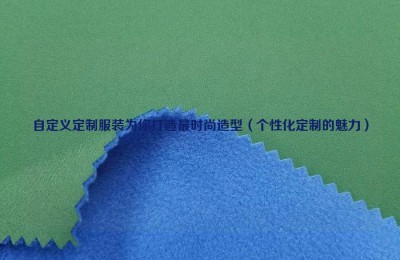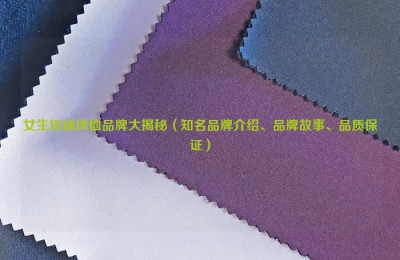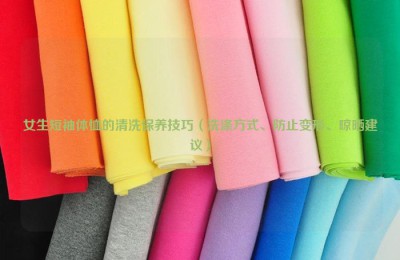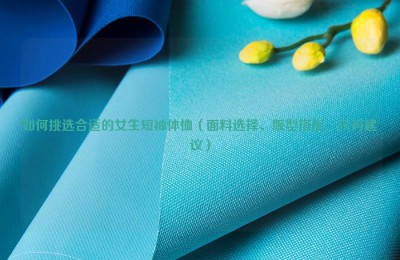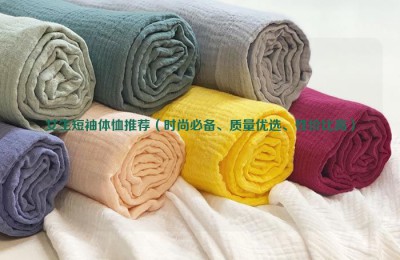How to effectively control hairiness is a commonplace topic and an important issue in the spinning process. Hairiness not only affects the appearance and feel of the yarn, but also easily causes adjacent yarns to become entangled with each other during the weaving process. If the opening is unclear, it may even cause warp yarn breakage and reduce labor productivity. Method 1: Use collective spinning technology. When the yarn is twisted into yarn, a twisting triangle is formed. The internal and external transfer of fibers is violent, and the fiber head is easily squeezed out of the yarn body to form hairiness. Using collective spinning technology can effectively reduce hairiness. The so-called collective spinning technology is to use the collector (trumpet) in the clustering area to cluster the yarn slivers that have completed the drafting effect. That is to say, the D-type drafting principle of the roving frame is applied to the spinning process, that is, in the traditional three-dimensional spinning process. In front of the main drafting area of the roller double short apron drafting device, a pair of rollers are installed to form a gathering area. A collector is used in the gathering area to realize the bundling of yarn slivers after drafting. Remove the collector in the original main drafting zone and optimize the friction boundary distribution in the main drafting zone to improve the evenness quality of the yarn. The twisting triangle area of the yarn is reduced through the aggregation of the yarn, thereby reducing the hairiness of the yarn and reducing the loss of fibers. At the same time, because the fibers in the yarn are more parallel and straight, the yarn strength and other indicators are improved. After the collector is installed, the hairiness amount of the yarn sliver can be controlled to a certain extent in both the main drafting area and the bundling area. After the collector is installed, the whiskers will have a certain convergence effect before entering the twisting triangle area. The width of the whiskers will be narrowed from wide, the twisting triangle area will become smaller, and the generation of hairiness will be controlled to a certain extent, especially For the generation of long hairs above 3 mm, the control effect is more significant. Since the control of the yarn sliver by the clusterer is rigid and inelastic, improper control will seriously affect the evenness of the yarn sliver. Therefore, the outlet diameter of the collector cannot be designed too small, and the clustering effect is therefore subject to certain limitations. The control of hairiness of 1 to 2 mm in length will also have some impact. Although the yarn sliver is subject to a certain aggregation effect before twisting, the yarn sliver is still in the shape of a flat ribbon when twisted, and the generation of hairiness is inevitable. However, due to the reduction of the twisting triangle area, the degree of internal and external fiber transfer is controlled to a certain extent, and the number of long hairiness (here mainly formed by the edge fibers of the twisting triangle area) is reduced. Method 2: Pay attention to the warping process. The hairiness on the yarn surface is mainly produced in the spinning process and increases in the winding process. The length and quantity of yarn hairiness are directly related to the raw material performance, cotton blending plan, short staple rate, process parameters and the intrinsic quality of the semi-finished products fed in each process. It is also affected by the equipment status, workshop environment, operator level and workshop management. level, etc. Most studies on yarn surface hairiness start from the control of spinning process, but not enough attention is paid to reducing yarn surface hairiness in warping process. There are many warping factors that affect yarn hairiness, and the warping machine model is one of them. The transmission mode of the traditional 1452A warping machine is drum friction driving the warp beam. Due to the inertial rotation of the warp beam when it is stopped, the warp beam does not stop completely. The warp beam will slip on the drum, which will easily cause the yarn surface to be frayed and increase the hairiness. . For new warping machines such as Benninger warping machines, due to the use of an AC motor to drive a hydraulic pressure regulating pump and a variable speed motor to directly drive the warp beam with stepless speed regulation, this transmission method will effectively reduce warp fuzzing caused by warp beam braking. situation occurs. The second is warping tension. Due to the consideration of uniform yarn tension during warping, the weight of the tension washers configured to lead out the yarn at different positions on the creel is different, and the impact on yarn hairiness is also different. The warping tension increases as the weight of the tension washer increases, and the number of hairs also increases. The warping speed also affects the generation of yarn hairiness. We took 14.5 Tex polyester-cotton blended yarn as an example to conduct experiments. The results showed that as the warping speed increases, the number of hairy roots also continues to increase. This is because as the vehicle speed increases, the warping tension also increases, the friction between the yarn and the yarn guide components on the warping machine intensifies, and the hairiness on the surface of the yarn body increases. The yarn guide distance during warping refers to the distance between the top of the bobbin and the yarn guide porcelain eye. When the warping speed is constant, there must be a certain yarn guide distance at which the tension is minimum. After actual verification, this distance is usually 180 to 200 mm. Due to different yarn guide distances and different warp tensions, the amount of hairiness is also different. For certain warping machine models, hairiness can be reduced from three aspects: first, the tension configuration is appropriate to ensure uniform tension and flexible rotation of the rotating component; second, the surface of the yarn guide component is smooth, without cracks or damage, and has little friction on the yarn. ; Third, the vehicle speed must be adapted to the tension washer configuration. Method three: Optimize winding components and processes Winding is the process in which yarn hairiness increases the most. After the bobbin is wound, the hairiness increases by 35% to 45%. It is generally believed that winding speed, winding tension, groove drum condition and yarn clearing device are the main reasons for the increase in yarn hairiness. This is mainly because the yarn is affected by the friction of various friction parts, causing fibers that are not deeply embedded in the yarn to be pulled out, forming regenerated hairiness. Under the same conditions, the higher the linear speed of the winding machine, the greater the increase in hairiness; the winding tension increases with the increase of yarn properties. When winding yarn with the same properties, the greater the winding tension. The more the hairiness of the yarn increases; the surface of grooved drums with different materials and different processing qualities willThe conditions are different, and the degree of hairiness increase is also different. Generally speaking, compared with metal grooved drums, the hairiness of bakelite trough drums will increase by 15% to 20%; the increase in yarn hairiness of mechanical yarn clearing devices is obvious, while electronic yarn clearing devices will hardly increase the hairiness. . The linear speed of the winding machine should not be too high. The linear speed of the traditional winding machine is generally controlled at 500-600 meters/minute, and the linear speed of the automatic winding machine is generally controlled at 900-1100 meters/minute; in order to ensure good bobbin formation, In the case of post-processing without delooping, the winding tension should be small. Keeping all parts of the winding machine in good condition is an important measure to reduce winding hairiness. Among the main components, electronic yarn clearers and metal drums should be used as much as possible, because these components have small friction on the yarn, which can not only reduce yarn hairiness, but also improve the overall quality of the package yarn. Reasonable control of the temperature and humidity in the winding workshop is also beneficial to reducing yarn hairiness. Generally, it is better to control the relative humidity at around 75% and the temperature within 30°C.
AAA functional fabric mesh E4T45UY75T
How to reduce hairiness? Composite fabric information
How to effectively control hairiness is a commonplace topic and an important issue in the spinning process. Hairiness not only affects the appearance and feel of the yarn, but also easily causes adjacent yarns …
This article is from the Internet, does not represent Composite Fabric,bonded Fabric,Lamination Fabric position, reproduced please specify the source.https://www.yjtextile.com/archives/37495


